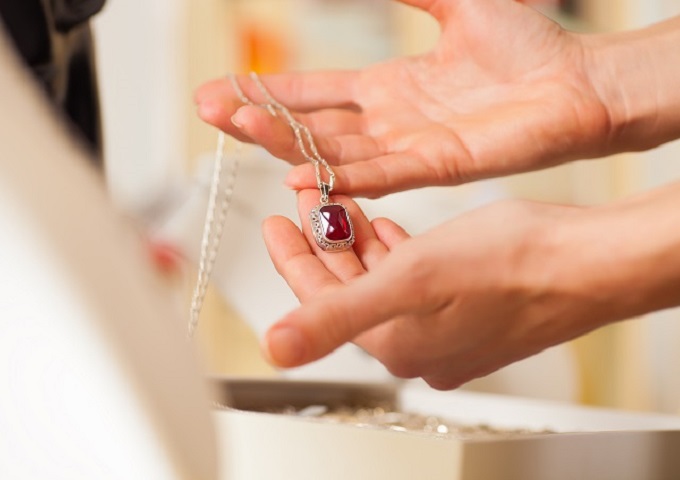Increasingly cautious consumers are likely to cut spending on non-essential items in 2023, jewellery included, as macroeconomic and geopolitical instability persists, a latest study by McKinsey & Co revealed.
According to McKinsey & Co’s State of Fashion 2023, fashion industry stakeholders identified casualwear, followed by sportswear and sneakers, as the highest-ranking categories in terms of growth potential.
“Accessories, jewellery and formal shoes ranked lowest, reflecting expectations that consumers will cut spending on non-essential items during the period of economic uncertainty,” the study said.
Jewellers however can still benefit from some market developments: Fashion leaders also anticipate occasion wear to be one of their top three growth categories in 2023. These include weddings that were postponed during the pandemic, which could also present opportunities for jewellery brands and retailers.
The Business of Fashion-McKinsey State of Fashion 2023 Survey also revealed that 84 per cent of industry leaders said they expect market conditions to decline or stay the same in 2023, taking into consideration high inflation in major economies, Covid challenges in China and the war in Ukraine.
“Consumers are becoming more cautious about their discretionary spending in most regions. Europeans intend to make the biggest spending cuts on apparel, footwear, and accessories and jewellery,” it added.
Faced with such challenges, companies should rethink operations and update business structures. For instance, brands can team up with manufacturers to sharpen their supply chain strategies, which may involve nearshoring to better respond to fast-shifting consumer demand or leaning more heavily on data analytics.
Retailers should also aim to further enrich brick-and-mortar experiences as well as innovate their digital marketing initiatives. Sustainability will also continue to be a critical component of the retail sector in 2023, noted McKinsey & Co.










